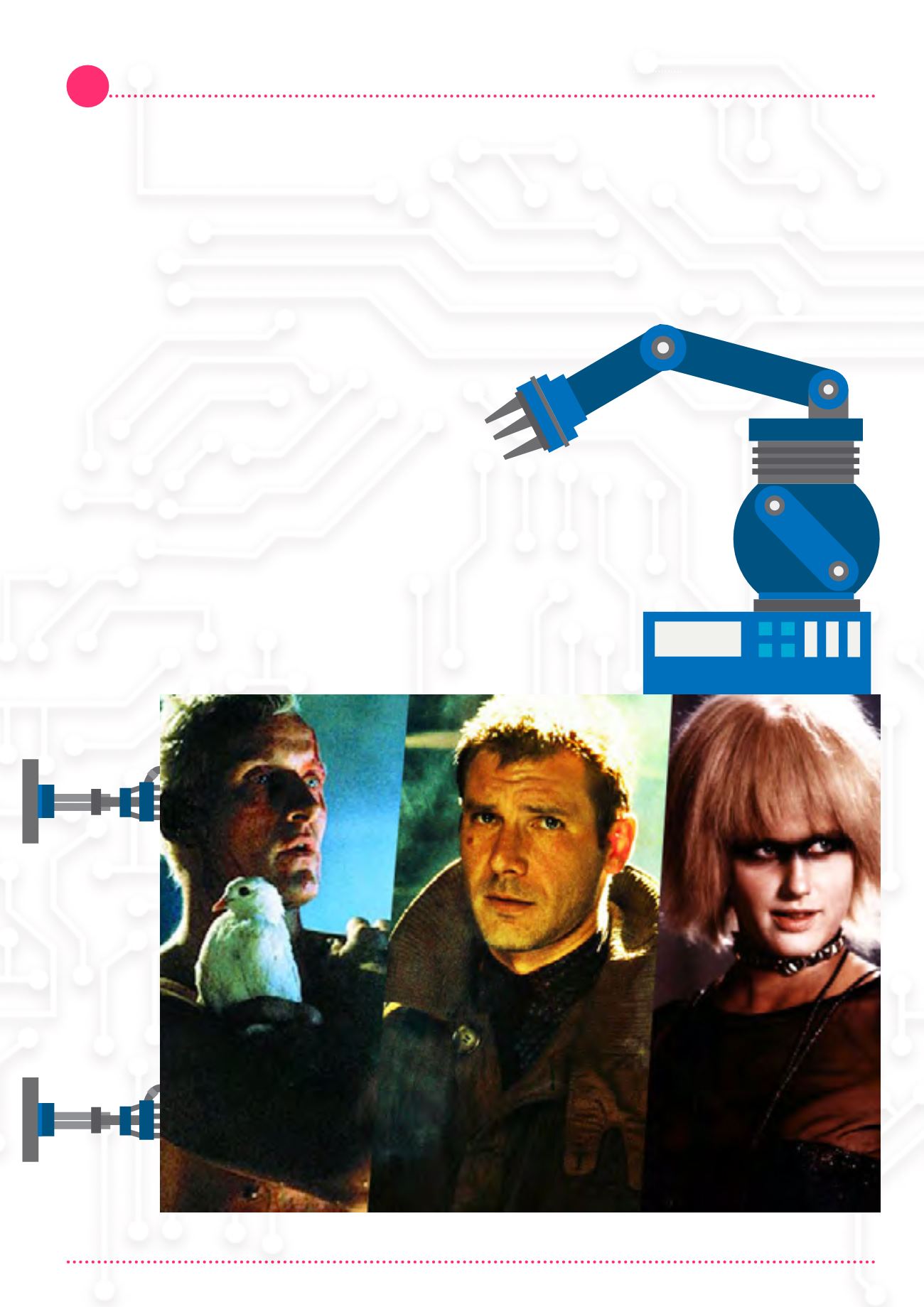

44
AIQS
News
74
(A variation on this theme is poor
Hubert, the software duplicate of
Yorick, in “Where Am I?”)
5.
The real-life but still-in-the-future
—
and hence still strictly science-
fictional—Cog, the huma-noid robot
being constructed by Rodney Brooks,
Lynn Stein, and the Cog team at
MIT’. Cog’s brain is all silicon chips
from the outset, and its body parts
are inorganic artifacts. Yet it is
designed to go through an embodied
infancy and childhood, reacting to
people that it sees with its video
eyes, making friends, learning about
the world by playing with real things
with its real hands, and acquiring
memory, If Cog ever grows up, it
could surely abandon its body and
make the transition described in the
fictional cases. It would be easier for
Cog, who has always been a silicon-
based, digitally encoded intelligence,
to move into a silicon-based vat than
it would be for Max Headroom or
Robocop, who spent their early years
in wetware. Many important details
of Cog’s degree of humanoidness
(humanoidity?) have not yet been
settled, but the scope is wide. For
instance, the team now plans to
give Cog a virtual neuroendocrine
system, with virtual hormones
spreading and dissipating through
its logical spaces.
6.
Blade Runner in a vat
has never
had a real humanoid body, but has
hallucinatory
.
memories
of having had one.
This entirely bogus
past life has been
constructed
by some
preposterously
complex and
detailed programming.
7.
Clarke’s own scenario
, as best it can
be extrapolated from the book and
the movie. HAL, has never had a
body and has no illusions about his
past. What he knows of human life
he knows as either part of his innate
heritage (coded, one gathers, by the
labors of many programmers, after
the fashion of the real-world CYC
project of Douglas Lenat or a result
of his subsequent training—a sort
of bedridden infancy, one gathers,
in which he was both observer and,
eventually, participant. (In the
book, Clarke speaks of “the perfect
idiomatic English he had learned
during the fleeting weeks of his
electronic childhood.”)
Blade Runner agent’s Deckard between Nexus 6’s Roy Batty and Pris.


















